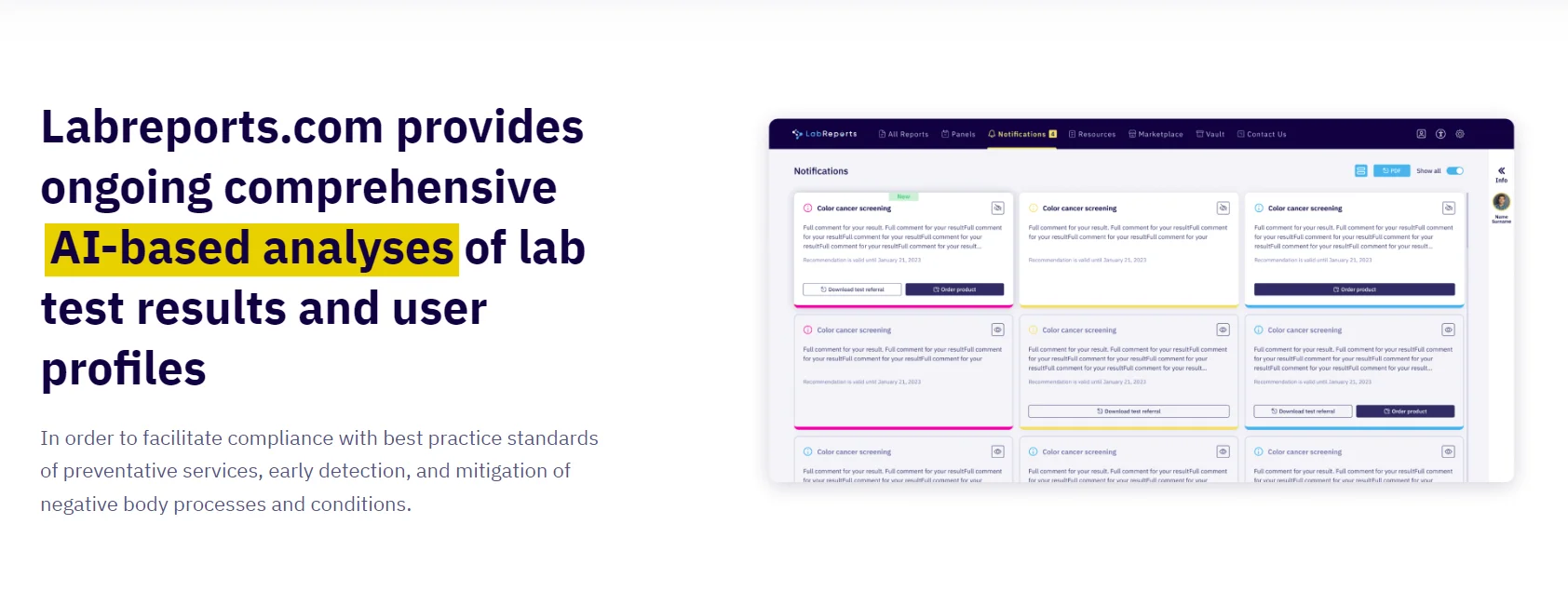However, there are dedicated tools to automate build and test stages to prepare code for deployment. Another important factor to consider when choosing system monitoring tools is the scope and granularity of the data that you want to collect and analyze. Do you need to monitor your entire system, or only specific components or services? Do you need to monitor at the host level, the container level, or the application level? Do you need to monitor every detail, or can you aggregate or sample some data? The answers to these questions will depend on your goals and metrics, as well as your system architecture and complexity.
And with this final step, you’ve successfully created a CI/CD pipeline for Google App Engine and set up Cloud Monitoring along with an alerting system to closely track your app’s health and performance. We’re the world’s leading provider of enterprise open source solutions—including Linux, cloud, container, and Kubernetes. We deliver hardened solutions that make it easier ci cd monitoring for enterprises to work across platforms and environments, from the core datacenter to the network edge. Additionally, any tool that’s foundational to DevOps is likely to be part of a CI/CD process. Our experts can help your organization develop the practices, tools, and culture needed to more efficiently modernize existing applications and to build new ones.
Deploy Faster, With Confidence
Monitoring also helps you assess the performance and reliability of your CI pipeline. By observing your test cycle times, test failure and system error rates, and test execution times, you can troubleshoot bottlenecks, identify vulnerabilities, and make improvements with load balancing and resource allocation. If you have ever released Python code into production, you have likely used pytest as your framework to test your code. We use it at Tinybird to test our code and catch bugs before they get shipped to prod. And as I will share in this post, pytest has played an important role in our CI/CD pipeline monitoring and performance improvements. The Ansible OpenTelemetry plugin integration provides visibility into all your
Ansible playbooks.

In the simplest terms, a cloud platform is a set of tools and software that allows the creation and hosting of an app in the cloud. Cloud platforms are designed to solve a variety of problems, including ease of use, scalability, and a flexible business model. They can be used for everything from basic data collection to complex AI computations. Selenium is a popular test automation tool used to automate the testing of websites, applications, and other software. You can then replay these actions to test a different website or build an automated regression test suite with Selenium IDE.
Continuous Deployment and Continuous Monitoring – A Winning Pair
A typical example is a middleware around an HTTP request that measures the time that has been spent producing a response as well as the information on both the request and response, such as status code and payloads. This gives you the ability to easily collect telemetry like metrics and distributed traces from your services. Proactiveness also brings additional value to the table for a reason that does not seem so obvious. It provides the opportunity to focus on measuring the quality of a service and customer experience. Data collected with a monitoring solution may be directly presented with the use of a visualisation tool to key stakeholders, for example business units or application teams. In the long run, these data can be used to justify budget expenses, costs or new projects.
Simple analytics Create dashboards and reports directly from your pipeline performance data. Real-time alerting Pro-actively resolve issues with real-time monitoring and alerting of pipeline health and performance. Bitrise is a top mobile CI/CD platform, streamlining build, test, and deployment for mobile apps.
DevOps and CI/CD: The Key to Rapid Deployment
Recently, as our software evolved, our user base grew, and our team expanded (we’re still hiring!), our CI pipeline in GitLab slowed down. We currently have over 3,000 tests, and we often ship multiple times per day, so our pipeline must be fast and accurate. We knew that we needed to invest in additional observability tooling to monitor our CI/CD pipeline, track critical metrics, and debug problems. One of the advantages of using CI/CD to fully deploy your infrastructure and applications is that your entire environment is represented in code. You can scan this code, as well as other artifacts in your CI/CD pipelines, automatically to address security vulnerabilities with minimal effort.
- The process consists of three distinct phases; continuous integration, continuous delivery, and continuous deployment.
- Azure DevOps organization is a cloud-based platform that provides a set of tools for application development, such as version control, agile project management, and continuous integration and delivery.
- These metrics are later used to investigate historical data and analyze it.
- Ensure that the runtime data is actionable and useful
in teams, and operations/SREs are able to identify problems early enough. - Continuous Integration (CI) is a development practice that requires developers to integrate code into a shared repository several times a day.
Essentially, anything you can state as a Lucene query in Kibana, you can also automate as an alert. We’ve built this alerting mechanism on top of Elasticsearch and OpenSearch as part of our Log Management service, and you can use other supporting alerting mechanisms as well. There are plenty of other ways to do it, but using Prometheus is certainly the path of least resistance. This may simply be because it helps you monitor other workloads running in your Kubernetes clusters.
Understanding pipeline metrics
Another challenge is managing dependencies between different components of the pipeline. Any change or update made in one component can impact others, leading to conflicts and errors downstream. Dheeraj has been working as a Google Cloud Professional Architect for the past 5 years helping design solutions and architecture set up on public cloud platforms. Dheeraj also has 20+ years total experience across App Development, Production Support, QA Automation & CloudOps. Leave all the other settings to Default and click SAVE to create the Uptime Checks.

The main goals of DevOps are to increase business agility, improve software quality, and reduce time-to-market. DevOps is a culture, a set of processes, and a continuous improvement model that enables organizations to quickly and efficiently respond to changes in business requirements. Continuous delivery is an extension of continuous integration in which software is built, tested, and released more frequently.
Data Visualization Tools
If external data, such as user input, isn’t properly sanitized, hostile data can lead to SQL injection and cross-site scripting vulnerabilities. Such patterns in your source can be detected using advanced scanning techniques. The application is constructed on a public container, such as one from the Docker Hub, in a layered structure. Scan each layer to reduce the risk of exposing your infrastructure to obvious vulnerabilities. You can eliminate manual, human access to some tasks by implementing CI/CD. For example, engineers no longer require the right to create virtual servers manually after automating the process.
Datadog is a cloud-based monitoring and analytics platform that can be used to display metrics from a variety of data sources, including agents, integrations, and APIs. It allows you to create custom dashboards, set up alerts, https://www.globalcloudteam.com/ and can be used to display pipeline metrics. To deliver the greatest level of visibility, these metrics should be correlated with other data, including log analytics and traces from your application environment.
Server configuration and infrastructure as code management
Prometheus scrapes the metrics from the instrumented code to present it as a visual or numerics in the interface, or it sends them to the Alertmanager. The same way you use Observability to monitor Prod – do the same with your CI/CD environment. Preferably even reuse the same observability stack, so you don’t have to reinvent the wheel. The trace data is similar to structured log data, and you can create alerts on it just as easily, in many cases it can be achieved based on Elasticsearch API, and in the case of Logz.io it’s the same alerting mechanism.
Tinggalkan Balasan